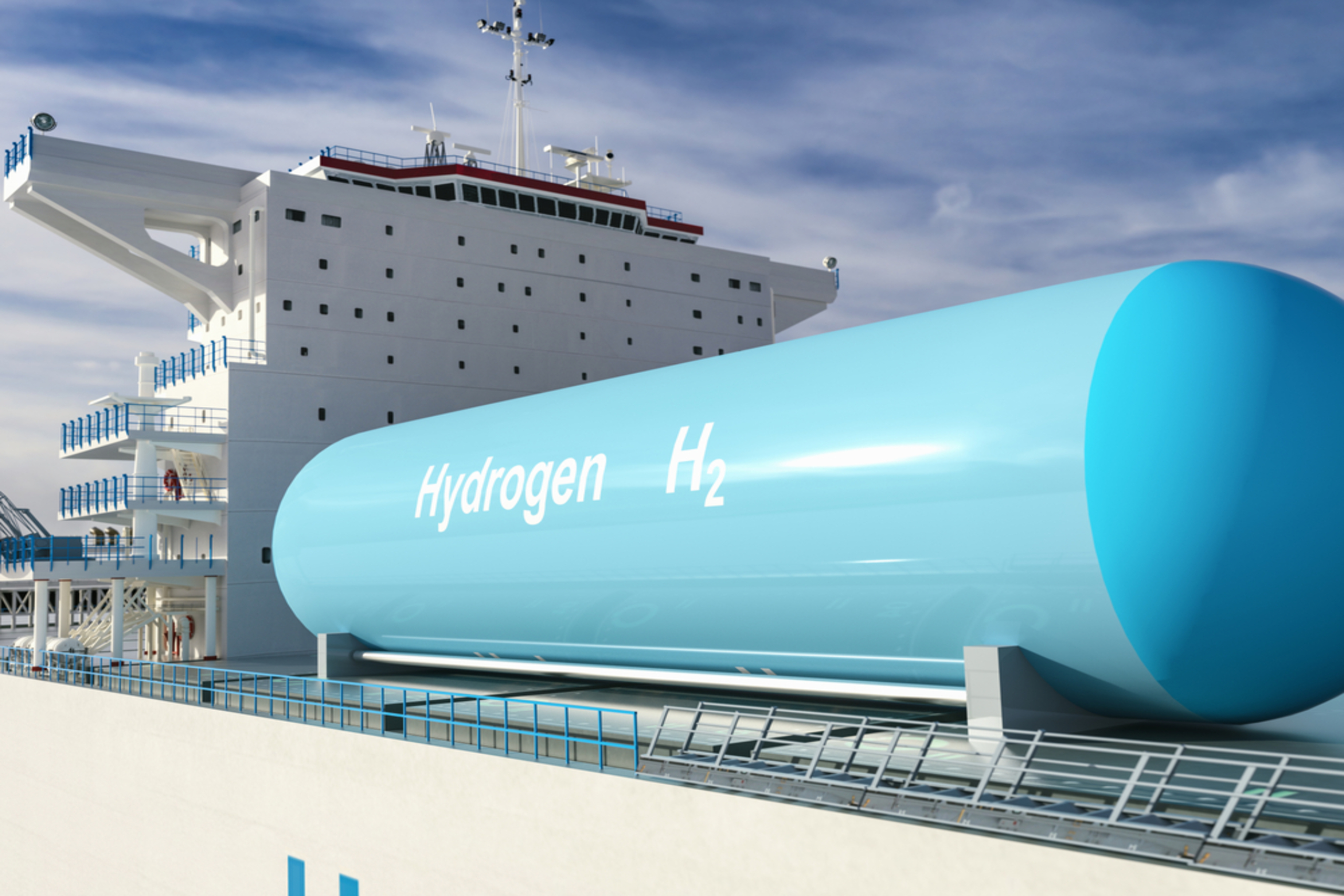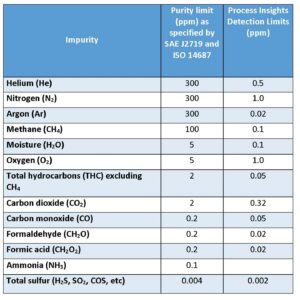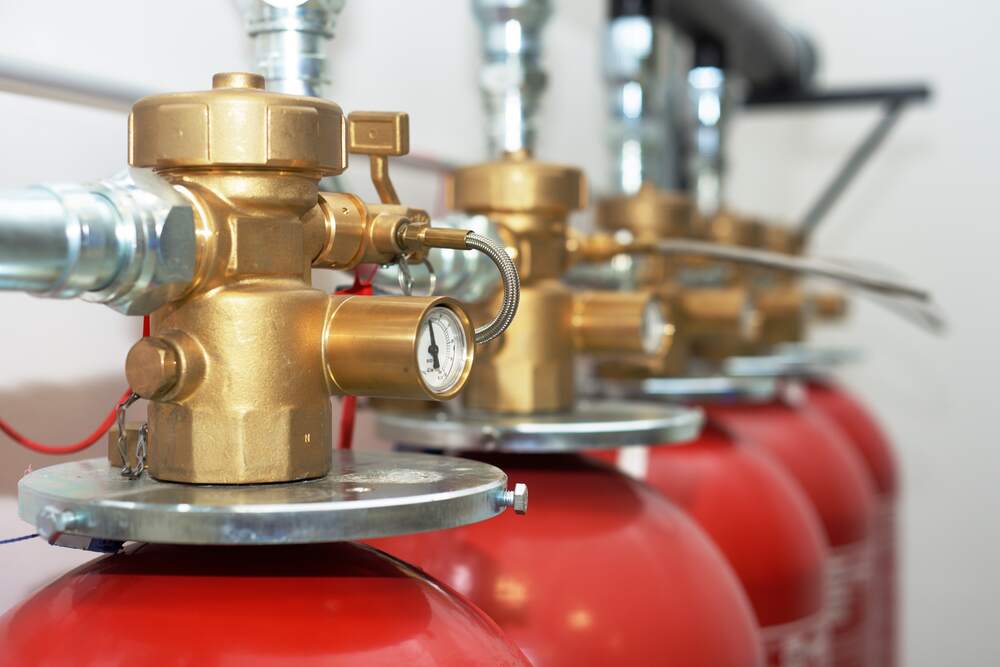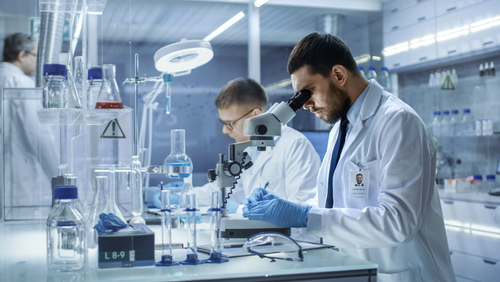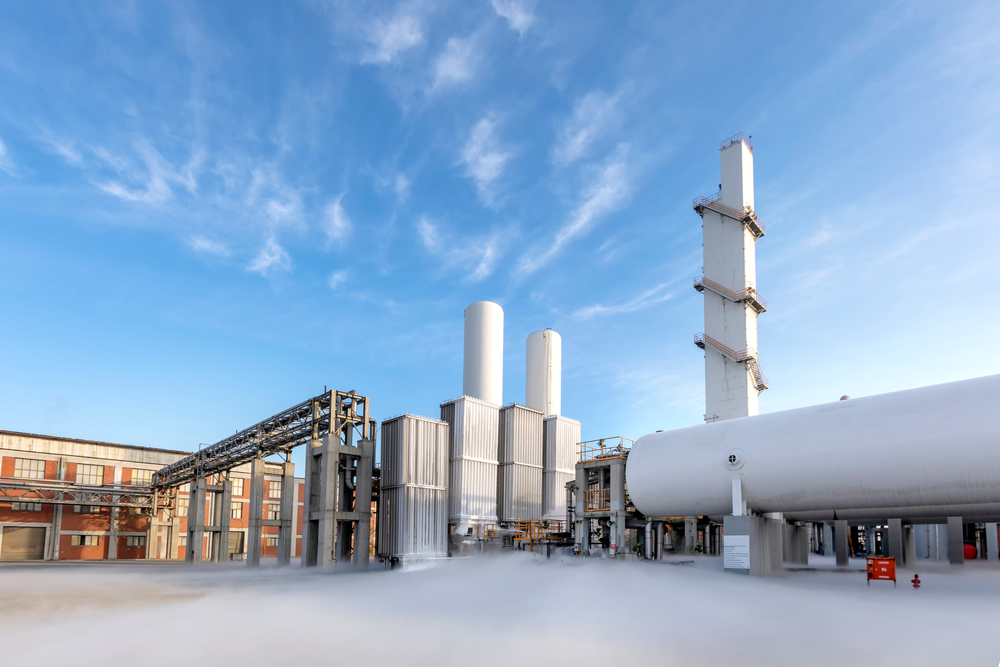Validating CRDS for Moisture Analysis in Medical Oxygen

Validating CRDS for Moisture Analysis in Medical Oxygen
Medical oxygen is one of the most commonly used gases in the healthcare industry, from giving O2 to critical care patients, providing the basis for anesthesia, to supplementing O2 to patients with chronic lung diseases, such as COPD.
To ensure that the oxygen meets the necessary quality to prevent harm to patients, strict standards outline limits to a variety of possible impurities in the gas, one of them being water vapor (H2O). One of the most common standards for medical oxygen is the European Pharmacopeia (EP) standard, we will demonstrate analytical equivalency between the Process Insights’ Tiger Optics’ Spark Cavity Ring-Down Spectroscopy (CRDS) analyzers and demonstrate analytical equivalency to traditional electrolytic moisture analyzers, so the Spark can be used as a more modern and powerful alternative.
Proving Equivalency to European Pharmacopeia
The EP standard dictates that the maximum water vapor content in medical and pharmaceutical grade gas must be less than 67 parts per million (ppm), and the recommended method for analysis of moisture content in medical gases is electrolytic based sensors. Since this standard was published in 1999, gas manufacturers have significantly improved their process efficiency, resulting in considerably higher purity product; at
the same time, the state-of-art in analytical technologies for moisture measurement has evolved. The combination of improved analytical capabilities and higher purity product creates an opportunity for gas manufacturers to maximize the return on oxygen by qualifying it for multiple uses in a single validation step.
Based on powerful, proven CRDS, the Process Insights‘ Tiger Optics Spark H2O offers a wide dynamic range, from single-digit parts-per-billion to one thousand ppm for analysis of moisture in oxygen. This low-cost, fast and accurate analyzer features self-zeroing and auto-verification, eliminating the need for field calibration and saving time & money on labor and consumables. In addition to qualifying oxygen, the same analyzer can service nitrogen, argon, helium, hydrogen, clean dry air, and many other gases and mixtures. In support of the proposed use of the Tiger Optics Spark for qualification of medical oxygen, we present the following validation data, demonstrating equivalency in accuracy of the Spark H2O with two EP-approved electrolytic moisture analyzers.
The Tiger Optics Spark analyzer allows accurate measurement of moisture in oxygen to within ±4% or 6 ppb, whichever is greater, as clearly demonstrated in the present validation data. Thereby, it demonstrates equivalency with the European Pharmacopoeia standard, which mandates a relative accuracy of less than ±20%. Plus, the Spark affords a significant performance advantage over the incumbent electrolytic based sensors, including lower detection limits, wider dynamic range, higher accuracy, and faster speed of response. This allows for better throughput and simplified product qualification, ultimately saving end-users time and money. It should be noted that the ability to conduct one-step qualification of pure oxygen for multiple applications provides significant value to users.
